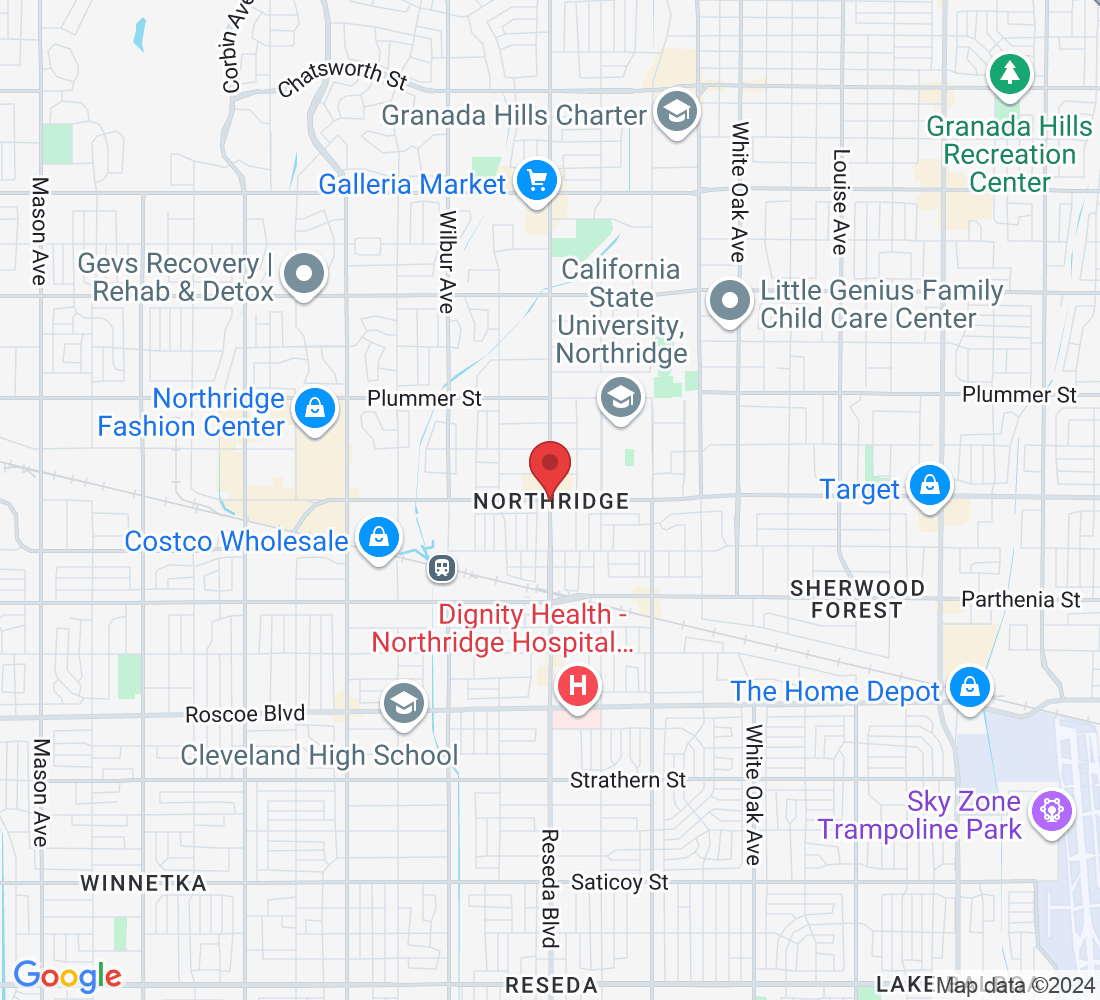Don’t Wait for Leaks: The Importance of Routine Roof Inspections for Northridge Homes
A roof is one of the most critical parts of any home, providing protection from the elements and ensuring the safety and comfort of its inhabitants. Despite its importance, the roof is often overlooked until a problem arises. Regular roof inspections are essential for maintaining the roof’s integrity and preventing costly repairs. This article will explore why regular roof inspections are crucial and how they can save homeowners money and extend the life of their roofs.
Understanding Roof Inspections
A roof inspection is a comprehensive assessment of a roof's condition, performed by a professional roofing contractor. During the inspection, the contractor checks for signs of wear and tear, damage, and other issues that could affect the roof's performance. This includes looking for missing or damaged shingles, leaks, cracks, and other potential problem areas.
Benefits of Regular Roof Inspections
Early Problem Detection
One of the primary benefits of regular roof inspections is the early detection of problems. By identifying and addressing issues before they become major problems, homeowners can save money on costly repairs down the line. Early detection can also help prevent more extensive damage that could compromise the roof's structural integrity.
Extended Roof Lifespan
Regular roof inspections can significantly extend the lifespan of a roof. By identifying and fixing minor issues early, homeowners can prevent them from developing into more significant problems that could shorten the roof's lifespan. Proper maintenance ensures that the roof remains in good condition for as long as possible.
Improved Energy Efficiency
A properly maintained roof can also help improve the energy efficiency of a home. When a roof is damaged or not functioning correctly, it can allow air to escape, making it more difficult to keep the home warm in the winter and cool in the summer. Ensuring that the roof is in good condition can help homeowners save money on energy bills.
Increased Safety
A damaged or compromised roof can pose a safety hazard to homeowners and their families. Regular inspections can help identify potential safety hazards, such as loose or damaged shingles, and ensure that they are addressed promptly. This helps to maintain a safe living environment for everyone in the home.
Protecting Roofing Warranty
Many roofing materials come with a warranty that covers certain types of damage. However, these warranties often require regular maintenance and inspections to remain valid. By scheduling regular roof inspections, homeowners can ensure that their warranty remains in effect and that they can take advantage of any coverage if needed.
Preventing Water Damage
Water damage is one of the most common and costly issues that can affect a roof. Regular inspections can help identify potential sources of leaks, such as damaged shingles or flashing, and address them before they lead to significant water damage. This can prevent costly repairs and protect the home's interior from water-related issues like mold and rot.
Proper Drainage
Proper drainage is crucial for maintaining a roof's performance. A water-logged roof increases the chances of leaks and moisture penetration. Regular roof cleaning can help remove objects like leaves, trash, and debris from clogging roof drains, ensuring proper drainage and preventing water damage.
How Often Should You Inspect Your Roof?
The frequency of roof inspections depends on several factors, including the age and condition of the roof, its location, and the type of materials used. Generally, it is recommended that homeowners have their roofs inspected at least once a year. However, if the roof is older or located in an area with harsh weather conditions, more frequent inspections may be necessary. It is also important to have the roof inspected after significant weather events, such as heavy rain, hail, or wind storms, as these can cause damage that may not be immediately visible.
What Happens During a Roof Inspection?
During a roof inspection, the roofing contractor typically starts by performing a visual inspection of the roof from the ground, looking for signs of wear and tear, damage, or other issues. They then climb onto the roof for a more thorough inspection, checking for any issues that may not be visible from the ground. The contractor also looks for signs of water damage, such as water stains or mold, which can indicate leaks or other issues with the roof's performance. They may also check the attic for signs of moisture or damage, which can also indicate issues with the roof.
Conclusion
Regular roof inspections are an essential part of home maintenance, helping to ensure that the roof is in good condition and performing as it should. By identifying and addressing issues early, homeowners can save money on costly repairs down the line and extend the lifespan of their roof. Regular inspections also improve energy efficiency, increase safety, protect roofing warranties, prevent water damage, and ensure proper drainage. Homeowners should make roof inspections a priority to maintain the integrity of their roofs and protect their homes from potential damage.










